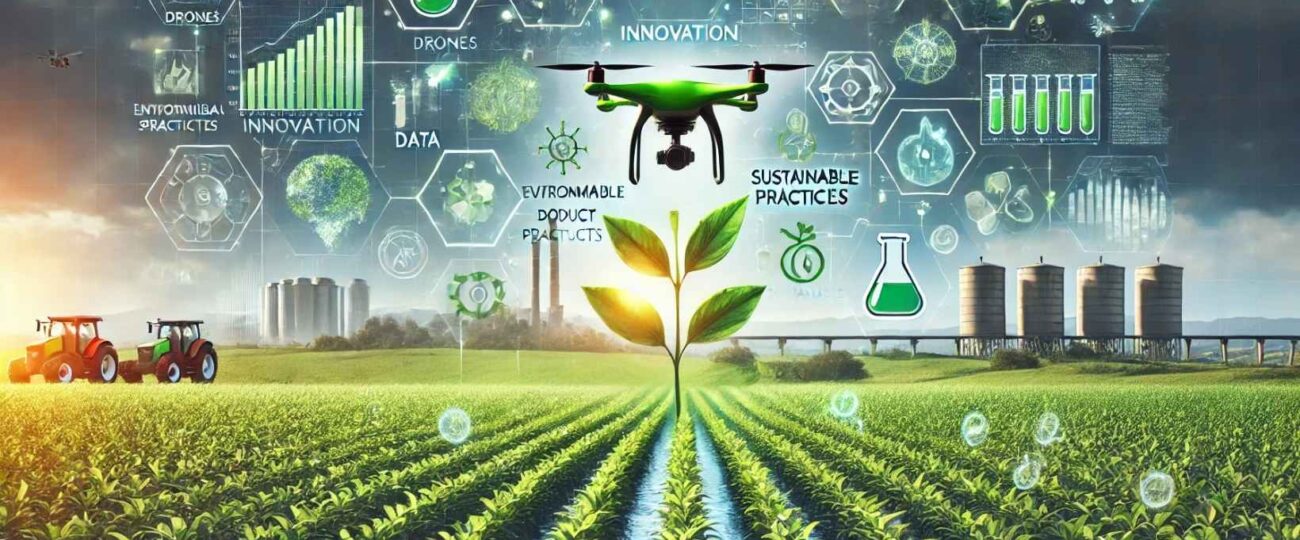The agri-chemicals market is rapidly gaining attention as a pivotal sector for sustainable and efficient agricultural practices. Companies are innovating to develop advanced crop protection solutions and bio-based products.
This shift not only enhances productivity but also aligns with global sustainability goals. As the industry embraces cutting-edge technologies, it is playing a vital role in meeting the evolving needs of farmers worldwide.
But does this thriving industry truly have the potential to become the market’s next major trendsetter? Let’s explore the details and uncover the forces shaping its rise.
The Prominent Market Projections
According to EMR data, India’s agri-chemicals industry has expanded substantially. As of 2022, the Indian agrochemical market stood at approximately $6 billion. It’s projected to reach nearly $9.82 billion by 2028, reflecting a compound annual growth rate (CAGR) of 8.5% from 2023 to 2028.
This steady upward trajectory underscores the sector’s strong growth potential, which has the potential to impact the chemical stocks positively.
Factors Impacting the Agri-Chemical Industry in India
Despite the optimistic market outlook, recent earnings reports from key agrochemical companies reveal a mixed picture. Where some companies witnessed a rise, there were a few that experienced a fall as well.
For instance, India Pesticides Limited, one of the top players, saw a 14.3% increase in net sales in FY25 Q3. At the same time, BASF India Limited witnessed a rise of 13% for the Q3 FY25. During the same tenure, Best Agrolife witnessed a fall of 13% in revenue. On a similar line, UPL witnessed a 10% increase in its revenue, reaching Rs. 10,907 cr for the same quarter, which has impacted UPL share price, too.

These varied performances highlight the complexities within the sector, underscoring the need to explore the factors driving these trends, which are:
1. Expanding Export Potential Enhancing Industry Outlook
India ranks globally as the second-largest agrochemical exporter. The major export destinations include the US, Brazil, and Japan. The exports are projected to increase to over ₹80,000 crore (approximately $9.7 billion USD) in the next four years. All this is under the condition that the industry is facilitated with a conducive environment.
2. Government Initiatives Supporting Industry Growth
The Indian government’s proactive approach with initiatives such as the Soil Health Card scheme, PM Kisan Yojana, and substantial subsidies on fertilizers and crop protection products facilitates higher adoption rates among farmers.
These policies effectively reduce farming costs and encourage widespread agrochemical use, supporting consistent industry expansion.
3. Technological Innovations Boosting Efficiency
Technological advancements, particularly precision farming, drone-based spraying, GPS-guided equipment, and advanced analytics, allow precise and efficient use of agrochemicals.
This minimises wastage and maximises yields. The integration of these modern solutions is rapidly boosting farmers’ reliance on advanced agrochemical products.
4. Growing Shift Toward Sustainability and Bio-based Products
Sustainability concerns have led to a significant shift in agrochemical use towards eco-friendly and bio-based products. Indian agrochemical companies like UPL Limited, Katyayani Organic, and others are increasingly investing in these.
Through these, they are addressing environmental regulations and meeting consumer preferences. This shift meets sustainability goals and positions Indian firms competitively in global markets, prioritizing eco-friendly agriculture.
5. Climate Change Necessitating Increased Agrochemical Use
Climate change has made weather patterns more unpredictable. Farmers have to deal with erratic rainfall, rising temperatures, and frequent pest outbreaks. As a result, they rely more on advanced agrochemicals to protect their crops.
This has increased the demand for more effective and targeted agrochemical solutions. This is driving steady growth in the industry.
Conclusion
The Indian agri-chemical sector undeniably presents considerable opportunities for growth. While there are challenges, the overall prospect remains positive. Investors and market observers should view India’s agri-chemical sector as a major emerging trend.
Analyzing the trends, keeping an eye on transformations, and evaluating the prospects, can help make better investing decisions.
See Also: The Ultimate Guide to XCV Panel Technology in Solar Energy Advancements










